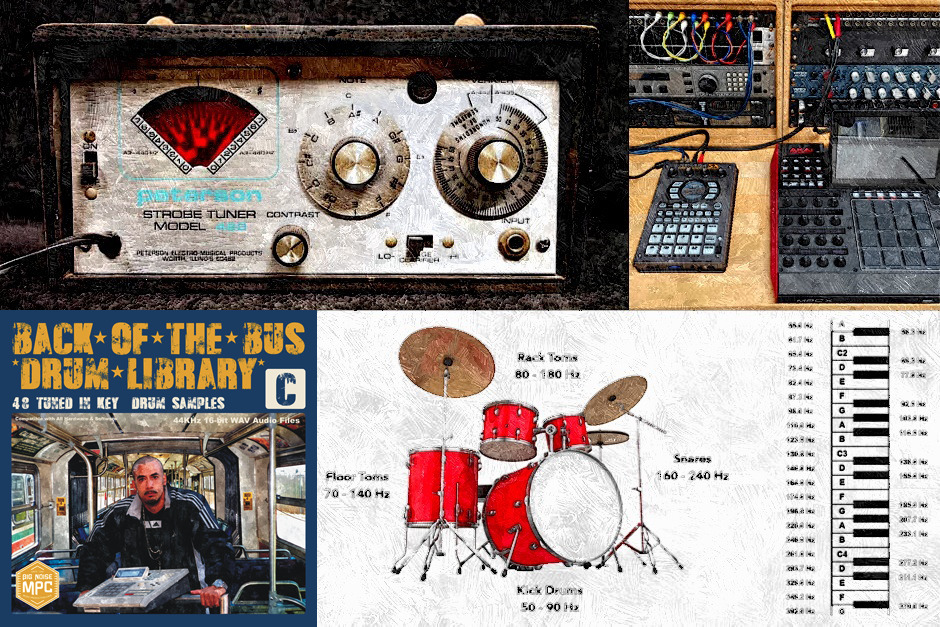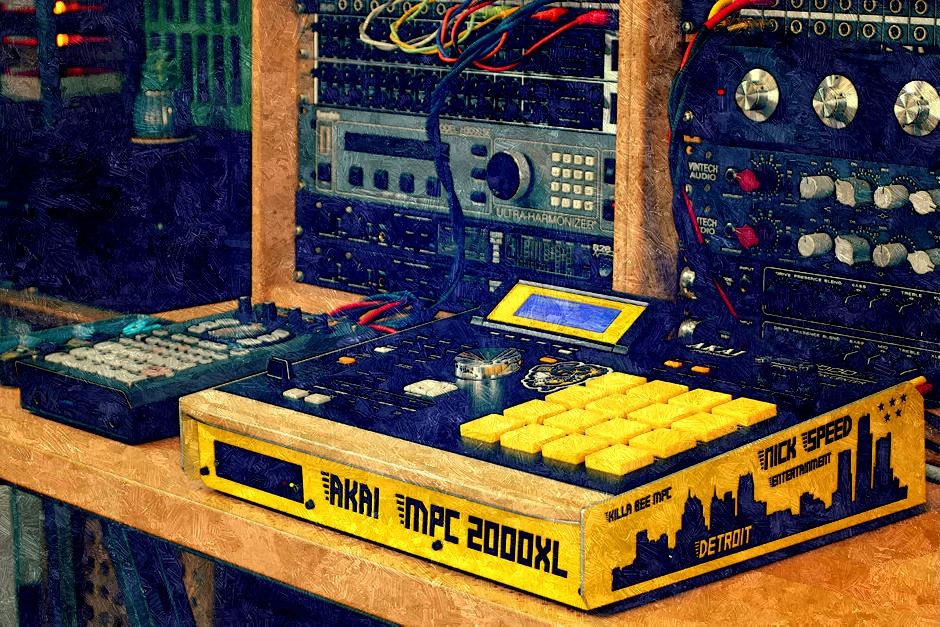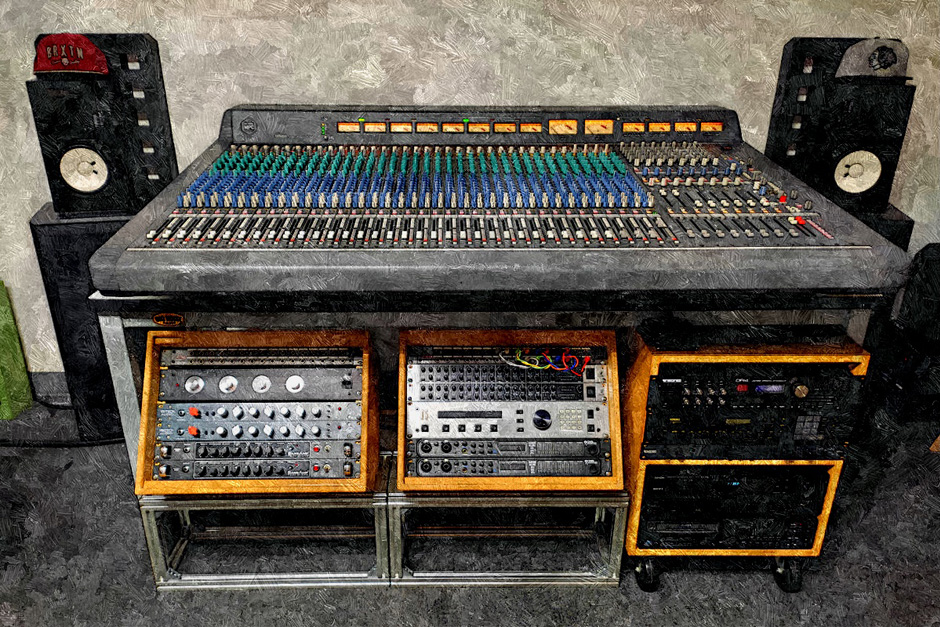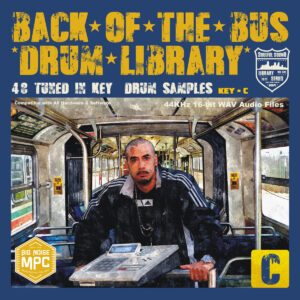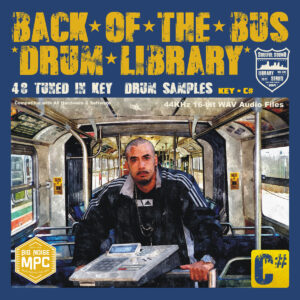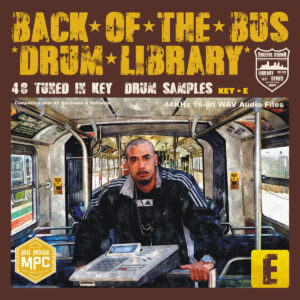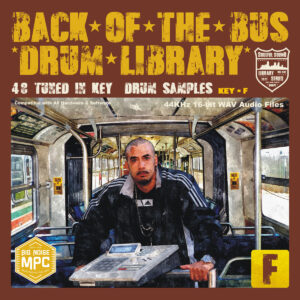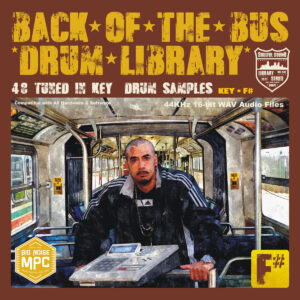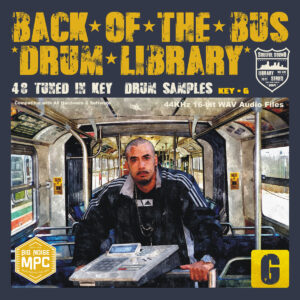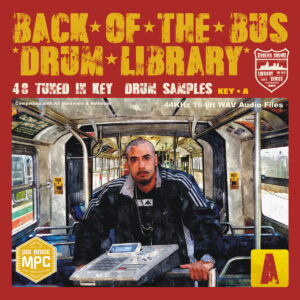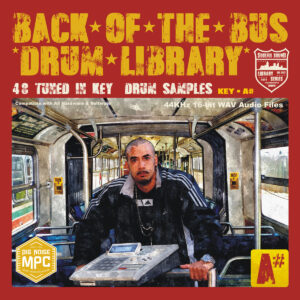In the early days bands got together and tuned their instruments during sound check. Drums had specific tonal ranges depending on if it was a kick, snare, tom, cymbal or percussion piece. Electronic instruments came along and gave us access to an infinite selection of sounds. Most music producers complete a track, then tune the drum samples to the key of the music. The guys who get it, tune their drums first... Today, tonal harmony and timbre are part of the equation for beautiful music.
The sonic characteristics of a sound that determine its timbre include harmonics, frequency spectrum and envelope. Musicians can control the timbre of the sounds they are creating by adjusting their singing or playing techniques. For example, a drummer can hit the snare or kick drums in different places, to obtain various timbres. Playing the cymbals in different places with varying drum stick angles will deliver different tonal colors. However the key of the drums remains constant.
Tuning digital drum sounds is difficult, it took us several years to develop an accurate process. If you could tune all your drums to the exact key of your composition, what would that do for your music? As it turns out, it creates tonal harmony between your drums and instruments. The relationship between the kick-drum and the bass support each other. The harmonics of all the drum sounds interplay with the key of the composition in a way that is extremely pleasing to the ear. Tonal harmony!

